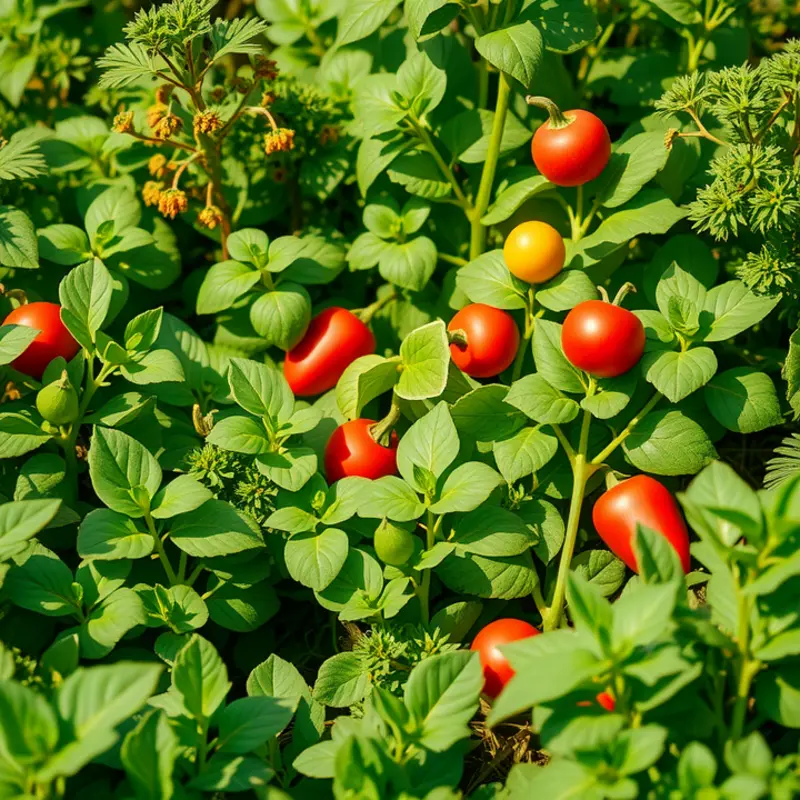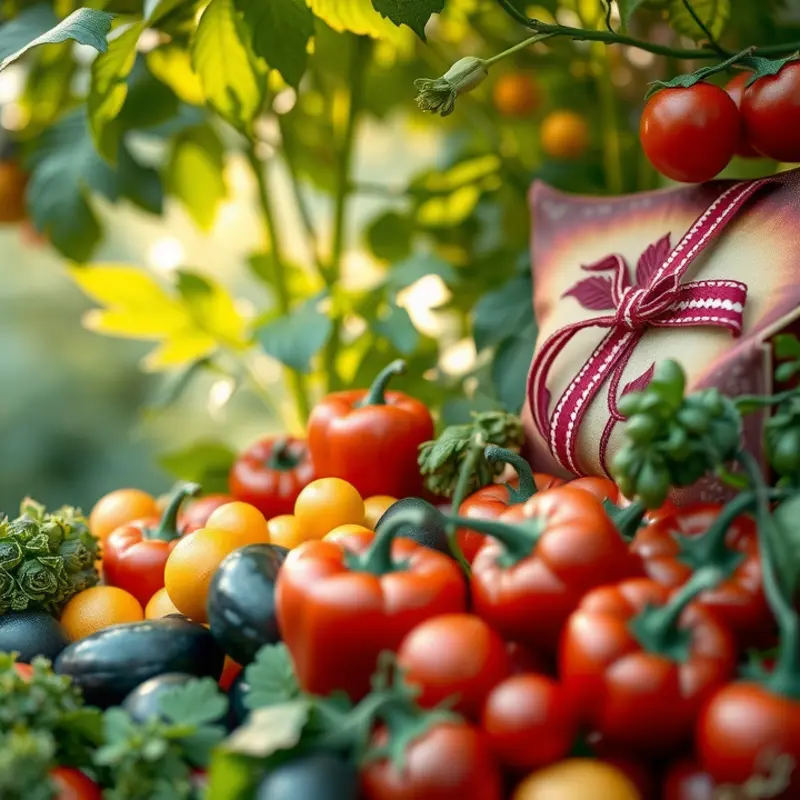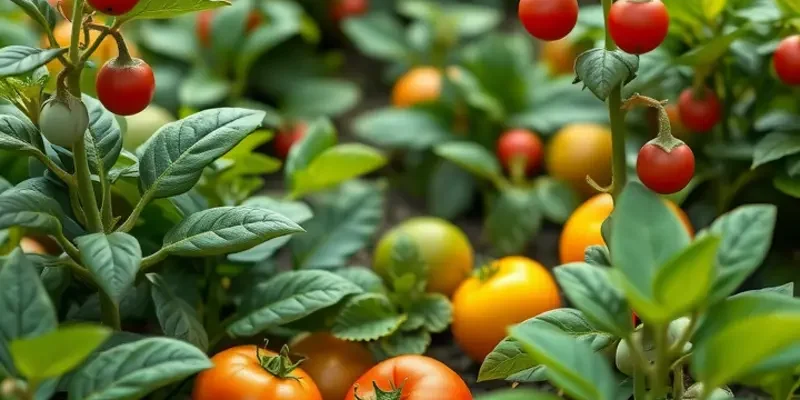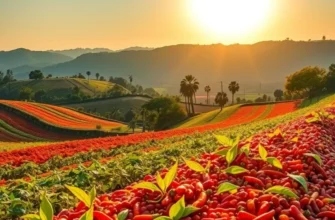Street food is more than just a quick meal; it’s a cultural touchstone that reflects the rich traditions and communal spirit of local communities. From bustling markets to quiet stalls, traditional street food preparation showcases recipes passed down through generations, highlighting unique ingredients, flavors, and cooking techniques. As we journey through the globe, we uncover the heart of these culinary practices and discover how they connect us to the past and each other.
Harmony of Flavors: The Secrets Behind Street Food Preparation

The world of street food offers an eclectic mix of flavors, where each dish narrates the cultural tapestry of its origin. From the bustling night markets of Southeast Asia to the roadside stalls in Latin America, these foods encapsulate local traditions and culinary mastery.
One cannot discuss street food preparation without acknowledging the vital role of ingredients. The vibrancy of street food often begins at local markets, where freshness is a priority. Vendors opt for seasonal produce, not just for optimal flavor but to ensure economic sustainability. This choice roots street food in the community, reflecting both the landscape and economic cycles of the region.
Take, for example, a simple dish like the Vietnamese bahn mi. The secret lies in the perfect balance between the crispy baguette, fresh herbs, and pickled vegetables. These components exemplify French influence and local adaptation, resulting in a harmonious blend of textures and flavors. Similarly, Mexico’s cherished tacos al pastor showcase marinated pork cooked on a vertical spit, influenced by Lebanese immigrants who introduced shawarma to the region.
Spices and seasonings are another cornerstone of street food’s allure. In India, the complex layers of chaat are a testament to the artistic use of spices. A combination of tamarind, cumin, and coriander mingles with onion and potato in a dance of flavors that tingle and satisfy. This spice expertise transforms humble ingredients into culinary masterpieces.
Moreover, each region brings its unique methods to street food preparation, often preserved through generations. In Japan, okonomiyaki is crafted on a teppan, a broad iron griddle that cooks the savory pancake to crispy perfection. Meanwhile, in West Africa, jollof rice is celebrated for its one-pot cooking technique, drawing on the influence of colonial trade routes that introduced tomatoes and spices to the region. Learn more about culinary influences from historical trade.
Despite differing techniques and flavors, there is a common thread: the love for food as a communal experience. Street food transcends mere sustenance; it is an invitation to experience a culture through taste. Vendors, often respected for their culinary prowess, maintain traditions while infusing personal flair, reflecting an evolving identity that resonates with locals and travelers alike.
In this global journey of flavors, street food preparation stands as a living archive of heritage, each bite bridging the past and the present. As we savor these dishes, we partake in a shared history, carried forward by the steadfast hands of street chefs and the stories they share through their art.
Cultural Tapestry: The Role of Street Food in Communities

Street food is more than mere sustenance; it is a cultural phenomenon that embodies the identity of its community. From bustling markets to quiet street corners, each vendor brings a unique blend of flavors and history to the public. Street food acts as a social adhesive, fostering bonds among diverse groups.
In cities like Bangkok, vendors serve pad thai with fresh peanuts and lime, intertwining influences from Chinese and Indian cuisines. The history of pad thai mirrors Thailand’s journey toward modernization in the 1930s, yet preserves its rich culinary heritage.
In Mexico, tacos al pastor illustrate the fusion of indigenous Mexican and Middle Eastern culinary traditions. Lebanese immigrants introduced the spit-grilling technique in the early 20th century, adapting it to local flavors to create this now-iconic dish. These tacos are not just delicious; they represent cultural collaboration and adaptation over generations.
The role of street food extends beyond taste—it is central to cultural expression. Vendors across the globe craft these dishes with care, often following family recipes passed down for generations. Their preparation methods, such as grilling on open flames or using hand-ground spices, highlight traditional techniques rarely found in formal dining settings.
In vibrant cities like Istanbul, simit vendors showcase the city’s Ottoman heritage with their sesame-encrusted breads. Street stalls selling simit not only provide nourishment but act as informal community hubs, where people converge to share stories or find rest during their busy day.
Street food is also integral to community identity and pride. Sydney’s food trucks, diverse in offerings from Vietnamese to African cuisines, exemplify Australia’s multicultural tapestry. These mobile kitchens provide platforms for entrepreneurs to share their heritage, often leading to increased interest and tourism in their cultural origins.
The lives of street food vendors are as varied as the dishes they serve. Many are small business owners, balancing the art of culinary craft with the challenges of seasonal changes and ingredient availability. The science of flavor plays a critical role in their trade, as each vendor strives to consistently capture the essence of traditional dishes. Conscious efforts are made to minimize waste and utilize sustainable practices, ensuring fresh flavors and eco-friendly operations. For more insights into sustainable practices, consider exploring techniques discussed in low-waste cooking prep.
Street food remains a vital part of culinary culture, offering more than tantalizing tastes. It acts as a storyteller, a preserver of history, and an architect of social interaction. Whether in the lanes of Delhi or the alleys of Marrakech, street food stands as a testament to cultural resilience and innovation, artfully weaving people and traditions into the daily rhythm of life.
Final words
Street food preparation is a vibrant reflection of culture, flavor, and community. Each dish tells a story of its origin, bringing together local ingredients and traditional techniques that have stood the test of time. By embracing these street food practices, we connect with diverse cultures and savor the unique flavors of the world. Whether you are tasting a spicy taco in Mexico or enjoying crispy falafel in the Middle East, each bite is an opportunity to explore the culinary tapestry that binds us all.








